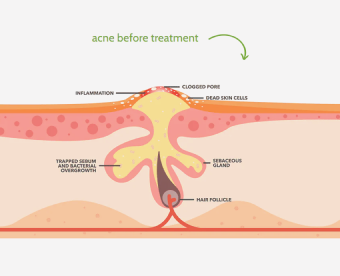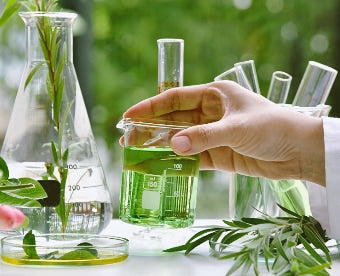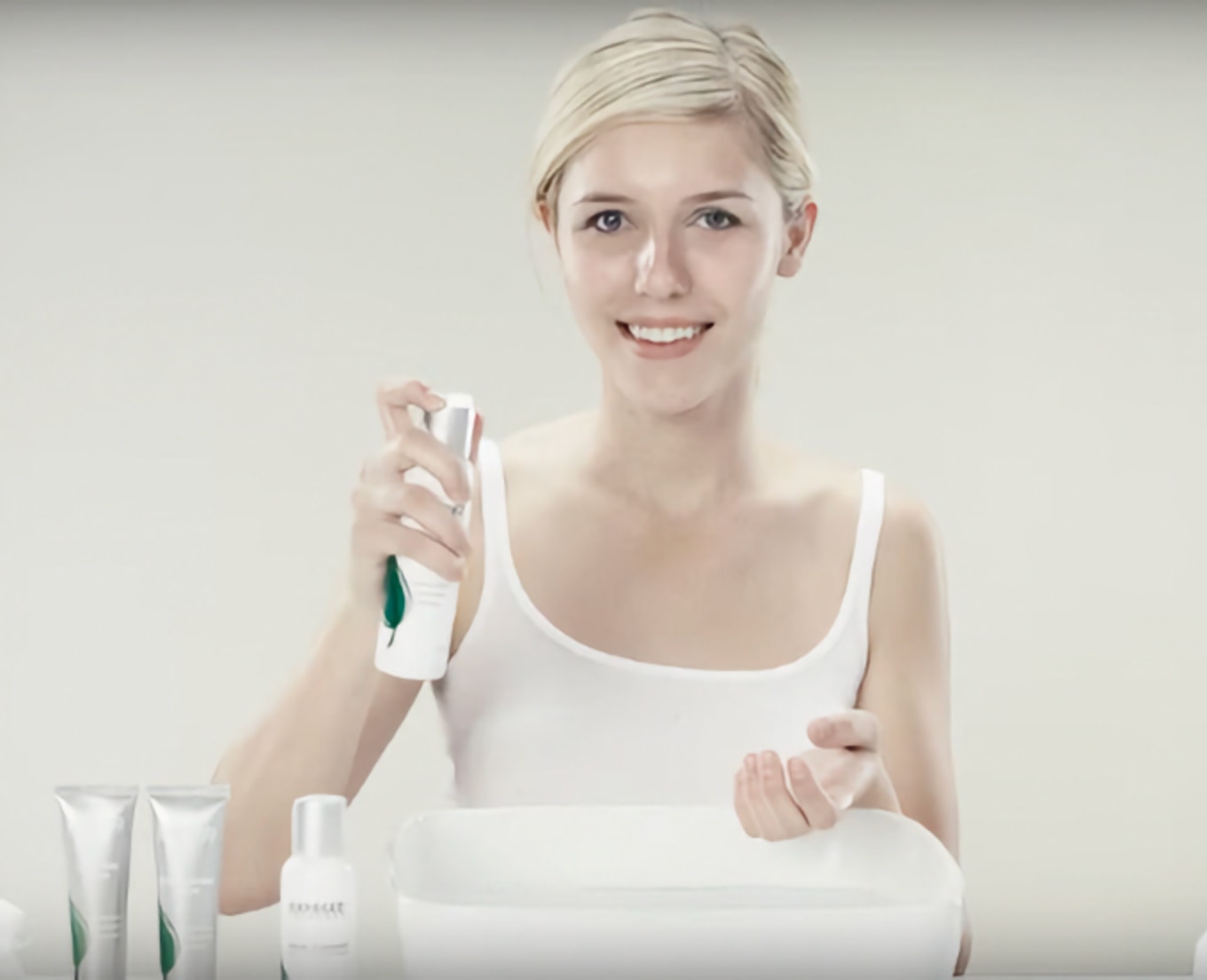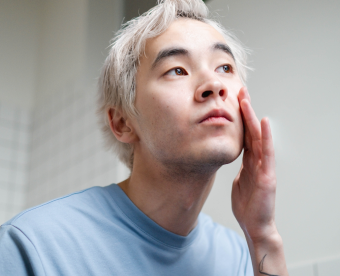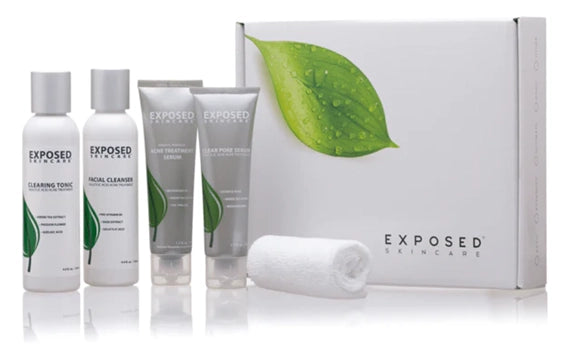You're likely familiar with the frustrating and sometimes painful process of acne healing. It's a multi-step process that requires patience and persistence. The journey begins with inflammation, followed by scabbing, and eventually, skin regeneration. However, potential scarring can be a lingering concern.
To navigate this complex process, it's essential to understand the various stages of acne development, including clogged pores, active acne, and scabbing. By grasping these stages, you can better identify effective treatment options and develop a skincare routine that promotes healing and minimizes scarring. By exploring the nuances of acne healing, you can reveal a clearer, healthier complexion.
Also read: How to choose the best acne treatment

Biggest Takeaways
- Acne healing stages include clogged pores, active acne, papules, pustules or cysts, scabbing, and final discoloration phases.
- Understanding the causes of acne breakouts, such as sebum overproduction and hormonal fluctuations, is crucial for effective healing.
- Effective treatment options include topical treatments like salicylic acid and benzoyl peroxide, spot treatments, and hydrating treatments.
- Early intervention is key to reducing inflammation, preventing scarring, and speeding up the healing process.
- Consistency in skincare routine and treatment application is essential for breaking the acne cycle and achieving optimal healing results.
Stages of Acne Development

Acne development is a complex process that unfolds in distinct stages. As you navigate these stages, you'll notice changes in your skin that can be frustrating and painful.
The journey begins with a clogged pore, where oil and dead skin cells accumulate, potentially leading to a closed comedone.
Active acne represents ongoing skin issues that require attention to prevent long-term complications like scarring. If the infection progresses, you may experience a papule - a raised, red bump that requires gentle, non-drying treatments to promote healing.
The next stage brings pustules or cysts, which can be tempting to squeeze, but it's essential to resist the urge to avoid further complications.
As your skin begins to heal, you'll enter the scabbing phase, followed by the final stage of discoloration.
Understanding these stages helps you better navigate the healing process and find the right treatments for your acne.
Causes of Acne Breakouts

Now that you understand the stages of acne development, it's time to explore what triggers these breakouts in the first place. You're probably wondering what's behind those pesky pimples and how you can prevent them.
The causes of acne breakouts are varied, but some common culprits include:
-
Overproduction of sebum, which combines with dead skin cells and bacteria to clog hair follicles
-
Hormonal fluctuations, such as those experienced during puberty, menstruation, or conditions like PCOS, which increase sebum production
-
Certain cosmetics and skincare products that irritate the skin and clog pores
-
Diets high in dairy, sugar, and processed foods, which can lead to inflammation and increased sebum production
High-GI foods can greatly worsen acne by triggering inflammation and hormonal imbalances.
These foods cause blood sugar spikes, leading to increased insulin production and sebum overproduction.
When you understand what causes acne breakouts, you can start taking steps to prevent them.
Types of Acne and Severity

Your skin's unique characteristics and the severity of your breakouts can greatly influence the type of acne you experience. There are various types of acne, including acne vulgaris, comedonal acne, cystic acne, and nodular acne.
Comedonal acne is non-inflammatory, characterized by blackheads and whiteheads, while inflammatory types like papules and pustules indicate a higher level of skin irritation and bacterial involvement.
Bacterial acne is often caused by an overgrowth of P. acnes bacteria, leading to inflammation and pus-filled lesions. Hormonal acne, on the other hand, is driven by hormonal fluctuations and commonly affects the lower face area.
The severity of acne is graded on a scale from 1 to 4, with Grade 1 being mild and Grade 4 being severe. Understanding the type and severity of your acne is vital for effective management.
Effective Treatment Options

With a solid understanding of the type and severity of your acne, you're better equipped to explore the various treatment options available.
When it comes to effective treatment options, topical treatments can be your best friend. Here's what you should know:
-
Salicylic acid and benzoyl peroxide target bacteria and prevent clogged pores by promoting exfoliation.
-
Spot treatments with sulfur and zinc oxide reduce inflammation and promote recovery after pustule extraction.
-
A Post-Breakout Fading Gel can help diminish post-inflammatory hyperpigmentation (PIH) by accelerating the shedding of pigmented cells.
-
Consistent application of hydrating treatments during the healing phase prevents scabbing and crustiness, ensuring a smoother recovery process.
Importance of Early Intervention

By getting a head start on treatment, you can reduce inflammation early and break the cycle of acne, which typically leads to more severe forms, like cystic and nodular acne.
Addressing your skin concerns early will also prevent scarring damage, a common result of prolonged and untreated breakouts.
As you intervene, you can also speed up the healing process of current pimples and reduce their overall impact on your skin's appearance and health.
Reduce Inflammation Early
Tackling inflammation early on is essential in the acne healing process. By intervening early, you can greatly reduce inflammation, prevent scarring, and minimize the risk of long-term skin damage.
Early treatment with anti-inflammatory medications, such as topical retinoids and benzoyl peroxide, can decrease the severity and duration of acne lesions.
Some key benefits of reducing inflammation early on include:
- Decreased severity and duration of acne lesions
- Reduced risk of scarring and long-term skin damage
- Faster recovery and reduced redness and swelling
- Lower likelihood of post-inflammatory hyperpigmentation (PIH)
Break the Acne Cycle
Reducing inflammation early on is just the first step in managing acne - now it's time to think about breaking the acne cycle altogether.
To do this, you need to prevent clogged pores and the formation of microcomedones through regular exfoliation. This stops acne from developing before it becomes visible.
Using targeted topical treatments, such as benzoyl peroxide or salicylic acid, at the first signs of a pimple can effectively eliminate bacteria and reduce inflammation.
Consistent skincare routines with non-comedogenic acne products tailored to your skin type can help maintain skin clarity and prevent future breakouts.
By managing hormonal fluctuations and sticking to your skincare routine, you can break the acne cycle and enjoy clearer, healthier-looking skin.
This approach helps prevent acne from taking hold, reducing the need for more severe treatments down the line.
Prevent Scarring Damage
While managing acne can be a challenge, preventing scarring damage is just as essential - and early intervention plays a key role in minimizing this risk. You can greatly reduce the risk of scarring by addressing breakouts swiftly, which prevents deeper skin damage associated with inflamed and cystic acne.
Here's what you can do:
-
Promote faster healing of acne lesions with consistent use of effective topical treatments like retinoids and exfoliating acids, minimizing the potential for scarring and discoloration.
-
Avoid picking or popping pimples to prevent introducing bacteria into the skin and worsening inflammation.
-
Implement a thorough skincare routine that includes sun protection to prevent UV exposure from exacerbating discoloration from acne.
-
Address breakouts early to prevent post-inflammatory hyperpigmentation (PIH), which can lead to dark spots that may take months to fade.
Managing Acne Scarring and Discoloration

After your acne has healed, you may be left with unwelcome reminders of the breakouts: scars and discoloration.
Acne scarring and post-inflammatory hyperpigmentation (PIH) can occur, leaving dark brown or purplish marks on your skin. To manage these, you'll want to start with prevention. Consistently using sunscreen is essential to prevent further darkening of acne scars.
For existing scars, topical treatments containing exfoliating acids, such as those in Post-Breakout Fading Gel, can help accelerate the shedding of pigmented cells and support your skin's natural healing processes.
Be patient, as results can take weeks or months to become noticeable. With consistent effort and the right treatments, you can reduce the appearance of acne scarring and discoloration, and achieve a more even-toned complexion.
Exposed Skin Care for Acne Solutions

Your search for effective acne solutions may lead you to Exposed Skin Care, a brand offering an extensive range of products designed to target acne at various stages.
Their Acne Treatment System incorporates salicylic acid and benzoyl peroxide to tackle bacteria and unclog pores, preventing new breakouts.
To manage acne effectively, Exposed Skin Care recommends a consistent daily regimen that includes gentle cleansing and targeted topical treatments.
-
Their products work together to address current blemishes and prevent post-inflammatory hyperpigmentation and scarring.
-
Non-comedogenic moisturizers help maintain skin balance while treating acne.
-
Gentle cleansing and targeted treatments are key to effective acne management.
-
A consistent daily skincare routine can help you achieve clearer skin and reduce the risk of future breakouts.
Description Edit
Also read: How to choose the best acne treatment
Putting It All Together
You've survived the acne battleground! Pat yourself on the back, because understanding the stages of acne healing is no small feat. You now know the enemy - those pesky causes and types of acne - and you're armed with effective treatments to tackle them head-on. Early intervention is your superpower, and managing scarring and discoloration is the final victory. Exposed skin care solutions are your trusty sidekicks. With this arsenal, you're ready to take on acne and emerge with radiant, healthy skin.



